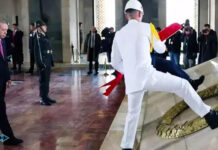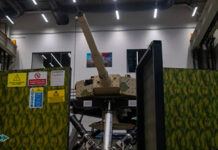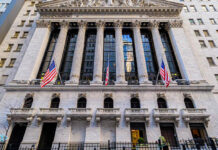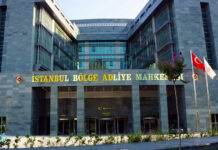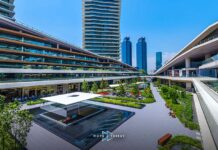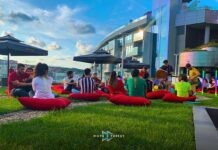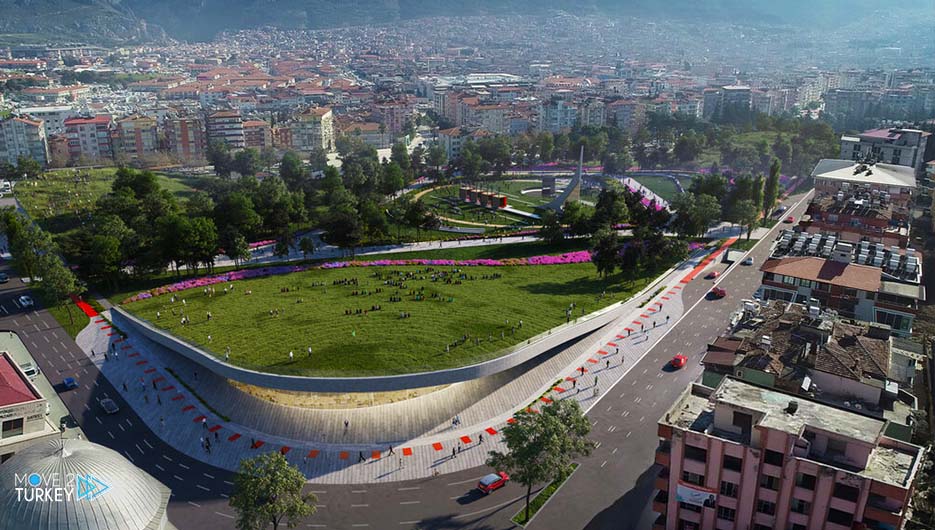
Most cities in the world have spaces that are less used for residents, and in many cases have become dead places.
The reuse of these spaces can reduce the challenges of increasing urbanization.
-Advertisement-
Reports indicate that the urban population is growing at an astonishing rate, so by 2050, about 70% of the world’s population is expected to live in cities.
Obviously, city officials must now work to develop cities to create the greatest harmony between space and population growth.
In most cities around the world today, there are buildings and spaces that have been unused for decades, and in many cases have been reduced to rubble.
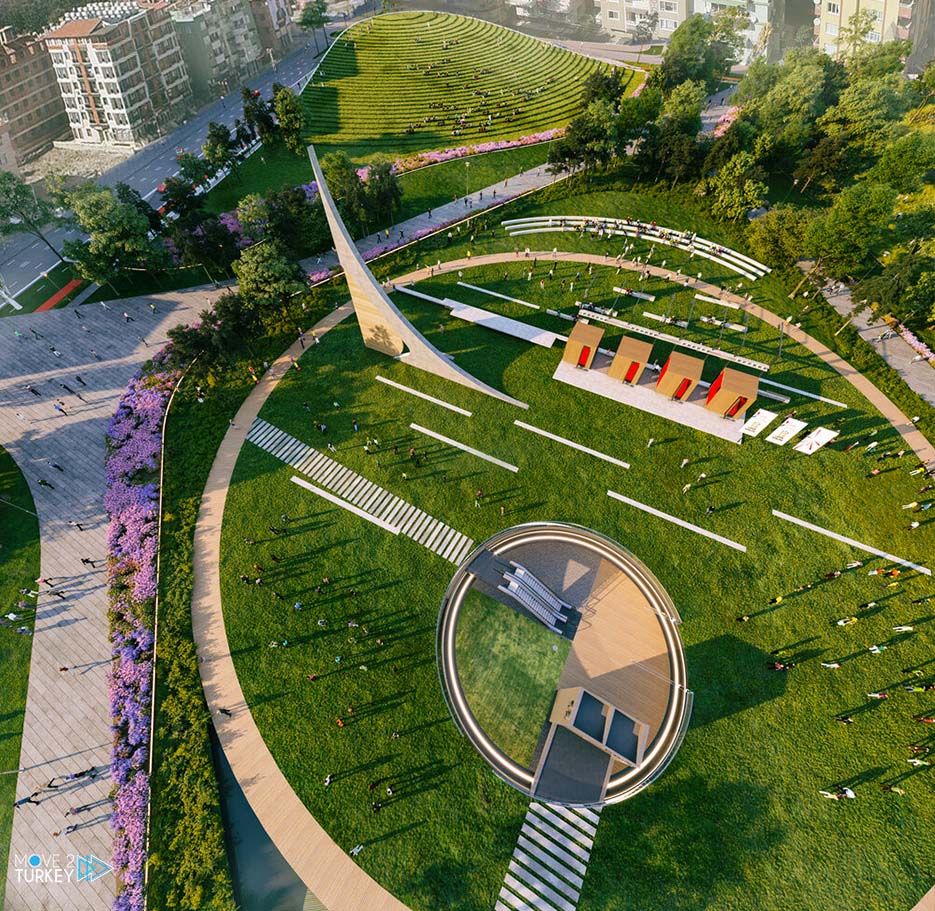
On the other hand, due to the development of most cities in the world, concrete skyscrapers replaced parks and reduced urban access to green spaces.
Antakya, the capital of Turkey’s Hatay state, is home to a huge sports stadium that has not been used by residents of the city for decades.
With this solution, a group of architects in the city decided, with permission from city officials and with financial support from the mayor, to use this dead space to build a green garden, which also includes a cultural center.
-Advertisement-
This new garden, which will be called “Antakya Green Suites”, will be surrounded in a triangular space with its own design, and will separate the green space from the crowded and chaotic city environment.
It is not bad to know that the stadium has a sloping roof and this allows users to view the city from the higher parts of the greenery.
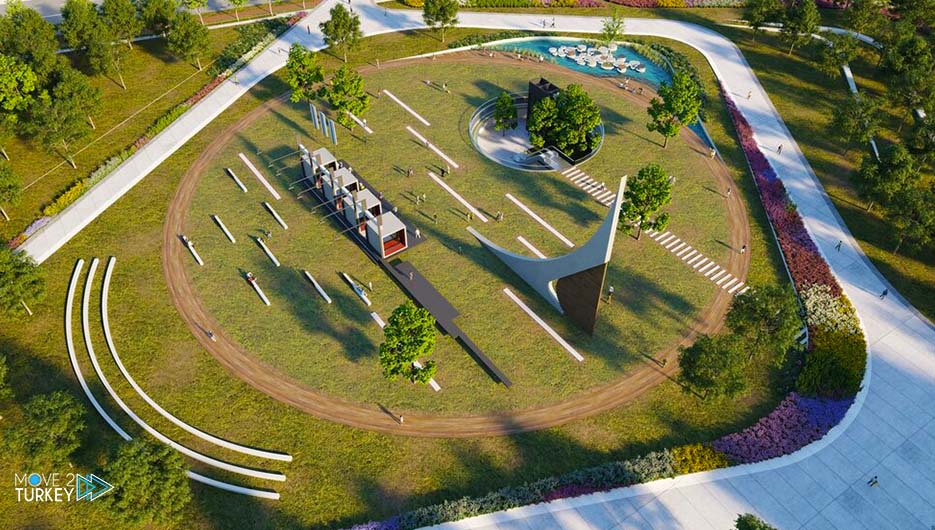
At the bottom of the sloping roof, a building will be constructed that will house a cultural center, museum and library.
The green cover for the park is responsible for cooling the main cultural building, and the solar panels installed on its wall will provide the energy for the building.

